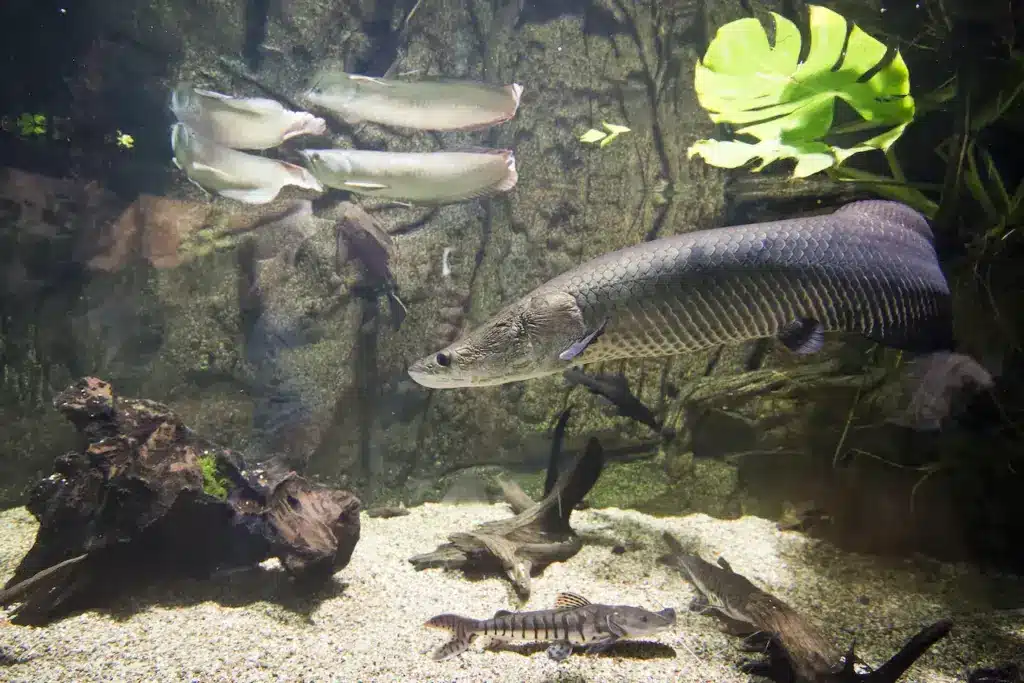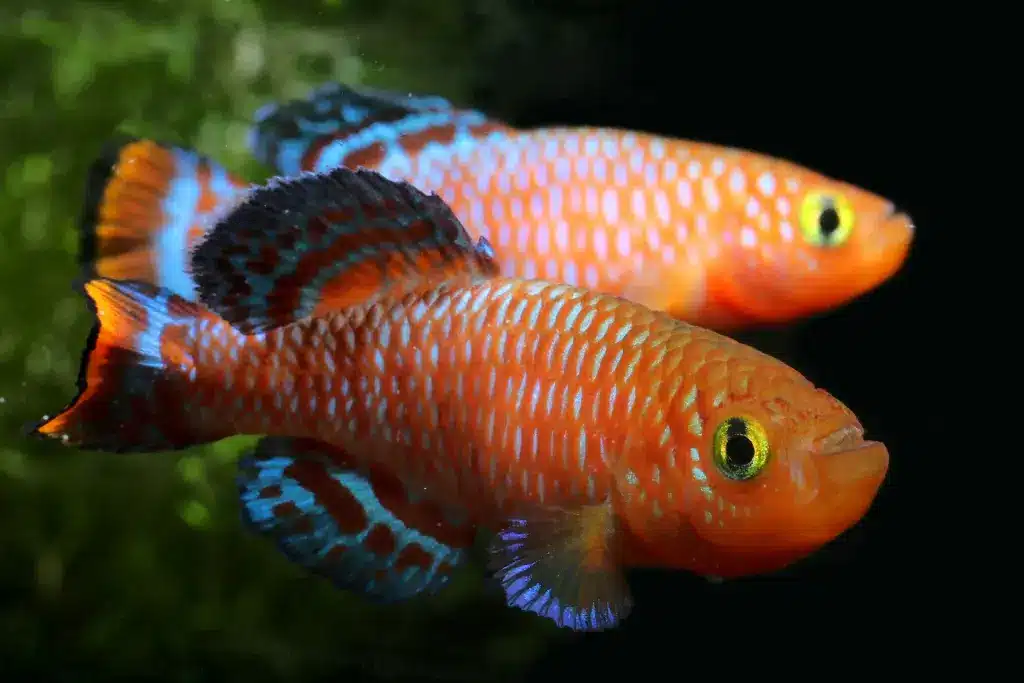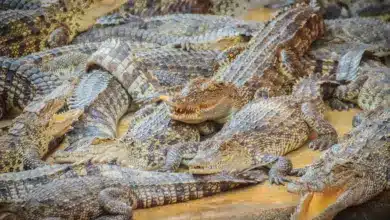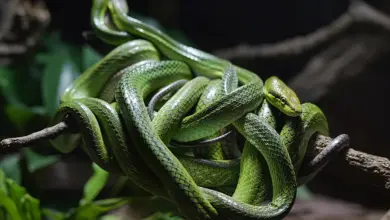Today’s Wildlife News & Wild Animal Facts
The New York Times has a front-page story this morning quoting members of a major indigenous Amazon rainforest tribe, the Kamayurá, as saying that fish stocks in the Amazon and its tributaries are dwindling to the point where the tribe faces possible starvation.
[ez-toc]

The cause of the decline in the Amazon fish species appears to be global climate change, which has made the rainforest and the rivers that run through it both drier and hotter. Rainforest wildfires have now become a common occurrence, The Times says. The article adds that intentional rainforest deforestation also appears to be playing a role.
Leaders of the tribe, which lives in Xingu National Park (click here for map) say fish populations have fallen so dramatically in their region of the Amazon rainforest that tribal members are now able to swim in lakes that until recently swarmed with piranhas.
It stands to reason that a decline in rainforest fish species severe enough to threaten the indigenous people–in addition to being a human tragedy–would have consequences strong enough to send shock waves through the entire Amazon rainforest food chain, and further jeopardize any top ten endangered species. Species at the top of that rainforest food chain, such as the pink dolphin, (so far not one of the most endangered animals) which feeds on freshwater Amazon fish, cannot help but be profoundly affected.

A note on the photo: the arowana (Osteoglossum bicirrhosum) pictured above, is a member of the Amazon rainforest food chain also known as the “monkeyfish.” Arowanas can grow up to three feet (1 meter) long, and during the rainy season, they often cruise through the flooded rainforest until they spot a bird or a bat perched on a branch. They capture such terrestrial prey by leaping into the air to grab them.



